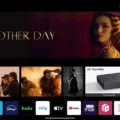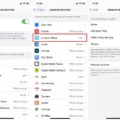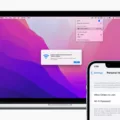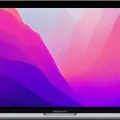If you are using a Mac and have noticed that the Safari menu bar is missing, don’t worry, there are a few simple steps you can take to bring it back. The menu bar in Safari is where you can access various options and features, so it’s important to have it visible.
To show the Safari menu bar on your Mac, follow these steps:
1. First, make sure you are in the Safari app. Look for the Safari icon in your Dock or use Spotlight to search for it.
2. Once you are in Safari, move your cursor to the top of the screen. This action should automatically reveal the menu bar.
3. If the menu bar doesn’t appear, move your cursor to the top of the screen and click on the “View” option in the top-left corner of your screen.
4. In the drop-down menu that appears, make sure the “Show Toolbar” and “Show Tab Bar” options are selected. These options should be checked by default, but it’s worth double-checking to ensure they are enabled.
5. If the menu bar is still not visible, click on the “View” option again and select “Customize Toolbar” from the drop-down menu. This will open a new window where you can customize the Safari toolbar.
6. In the toolbar customization window, you should see a default set of icons and buttons. Simply drag and drop the menu bar icon onto the toolbar. This will add the menu bar back to Safari.
7. Once you have added the menu bar icon, click on the “Done” button to save your changes. The menu bar should now be visible in Safari.
By following these steps, you should be able to bring back the Safari menu bar on your Mac. It’s a simple process that can be done in just a few clicks. Having the menu bar visible will allow you to access all the options and features that Safari offers, enhancing your browsing experience.
Remember, if you ever encounter any issues with the menu bar or any other aspect of your Mac’s interface, you can always refer to the System Preferences. The System Preferences menu provides a wide range of customization options for your Mac, allowing you to tailor it to your specific needs and preferences.
Bringing back the Safari menu bar on your Mac is a straightforward process. Just follow the steps outlined above, and you’ll have access to all the features and options Safari has to offer. Keep in mind that the menu bar is an essential component of the Safari browsing experience, so it’s important to ensure it is visible at all times.
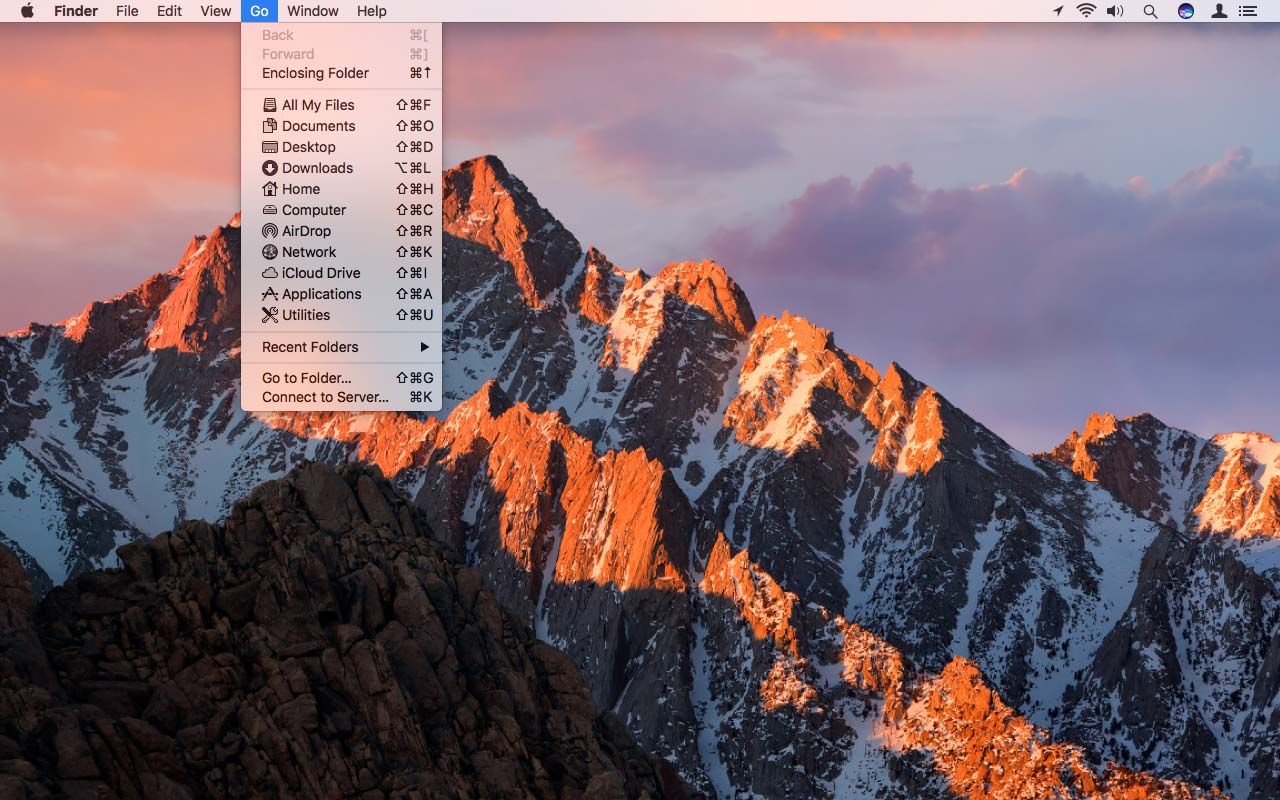
Why is Your Toolbar Disappearing On Mac?
The toolbar on your Mac may disappear for a few reasons. Here are some possible causes:
1. Full Screen Mode: When you use an application in Full Screen mode, the Menu Bar is automatically hidden to provide more screen space for the app. This is the default behavior in macOS. To exit Full Screen mode, move your cursor to the top of the screen, and the Menu Bar should reappear.
2. App Settings: Some applications allow you to hide the Menu Bar within their settings. Check the preferences or settings of the specific app you are using to see if this option has been enabled. If so, you can toggle it off to make the Menu Bar visible again.
3. System Preferences: macOS provides options to customize the behavior of the Menu Bar. Go to the Apple menu in the top-left corner of the screen, select “System Preferences,” and then choose “Dock & Menu Bar.” In the “Menu Bar” tab, make sure the option “Automatically hide and show the menu bar” is unchecked. This setting ensures that the Menu Bar is always visible.
4. Mission Control and Spaces: If you use Mission Control or multiple Spaces, the Menu Bar may appear only on the primary display or in specific Spaces. To check this, go to “System Preferences” and select “Mission Control.” Ensure that the “Displays have separate Spaces” option is unchecked if you want the Menu Bar to be consistent across all displays and Spaces.
5. Third-party Apps or Malware: Occasionally, certain third-party applications or malware can interfere with the visibility of the Menu Bar. If none of the above solutions work, it might be worth checking for any recently installed apps or running a malware scan using trusted antivirus software.
By considering these possible causes and adjusting the relevant settings, you should be able to resolve the issue of your disappearing toolbar on your Mac.
How Do You Keep the Bottom Menu Bar From Disappearing On Your Mac?
To prevent the bottom menu bar, also known as the Dock, from disappearing on your Mac, you can make a few adjustments in the System Preferences. Here’s a step-by-step guide:
1. First, click on the Apple menu located in the top-left corner of your Mac’s screen.
2. From the drop-down menu, select “System Preferences.”
3. In the System Preferences window, locate and click on the “Dock” or “Dock & Menu Bar” option.
4. A new window will appear with several settings related to the Dock.
5. Check if the box next to “Automatically hide and show the Dock” is selected. If it is, it means the Dock is set to auto-hide, causing it to disappear when not in use.
6. To prevent the Dock from disappearing, simply uncheck the box by clicking on it.
7. Once you uncheck the box, the Dock will remain visible at all times, even when not in use.
8. You can now close the System Preferences window.
By following these steps, you should be able to keep the bottom menu bar, or the Dock, from disappearing on your Mac.
Conclusion
The Mac operating system offers a plethora of customization options to suit individual preferences and work styles. One of the common issues users may encounter is the disappearance of the Menu Bar, usually caused by using an app in Full Screen mode. However, this can be easily resolved by accessing the System Preferences and adjusting the settings accordingly.
By navigating to the Dock or Dock & Menu Bar section in System Preferences, users can check if the option to automatically hide and show the Dock is enabled. If it is, unchecking this option will bring back the Menu Bar, ensuring easy access to essential functions and features.
Moreover, Mac users can also take advantage of Mission Control and Spaces to further enhance their workflow. These features allow users to have the Menu Bar present for some apps while keeping it hidden for others, providing a seamless and personalized user experience.
Mac’s flexibility and customization options make it a user-friendly and efficient operating system. With the ability to easily bring back the Menu Bar and tailor it to individual preferences, Mac ensures that users can effortlessly navigate and access the necessary tools and functions for their work or leisure activities.



